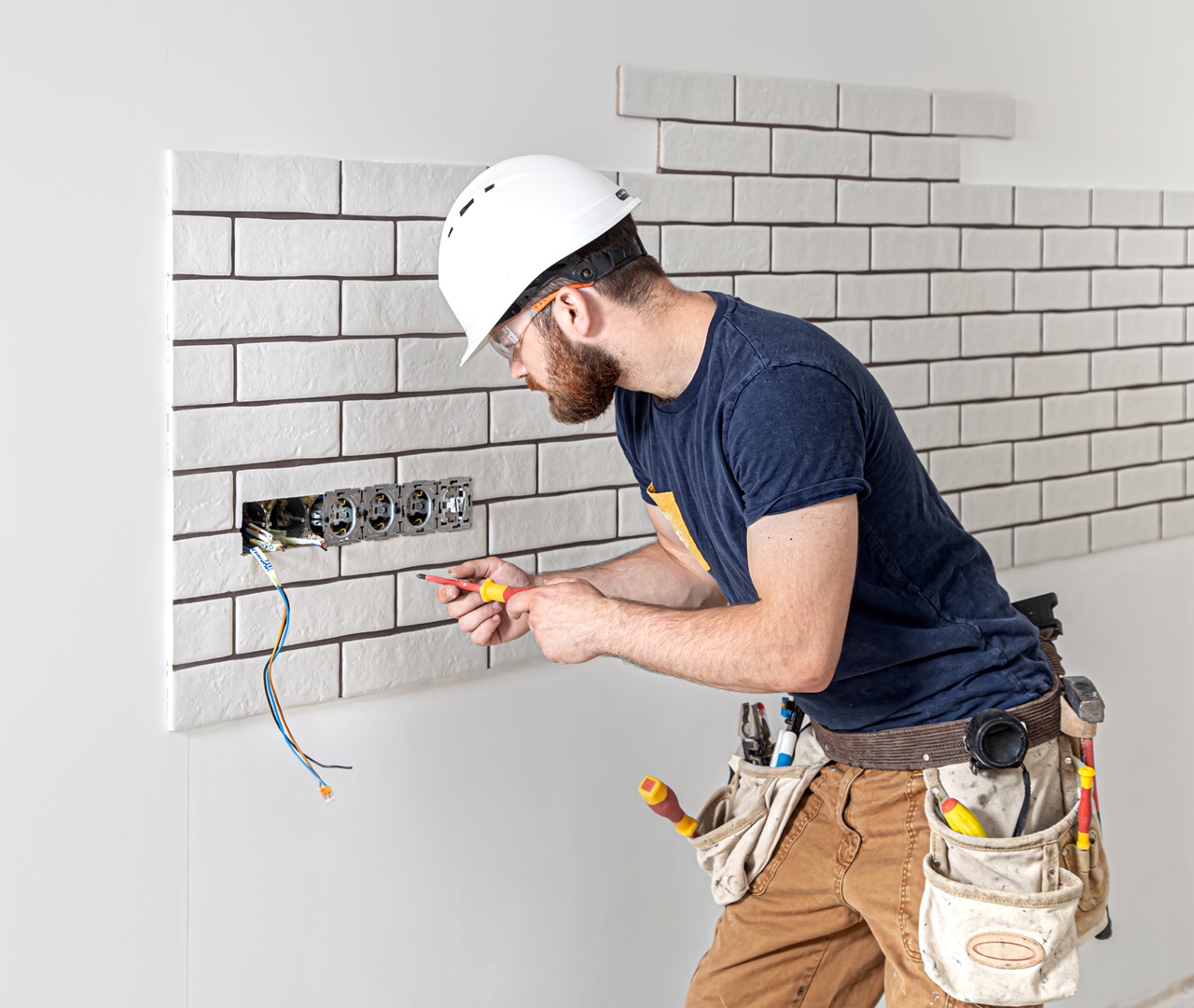In today’s environmentally conscious world, energy efficiency is more important than ever before. Not only does it contribute to a greener, more sustainable future, but it can also save you a significant amount of money on your energy bills. As a homeowner or business owner, making simple yet essential electrical upgrades can considerably improve the energy efficiency of your property, resulting in lower costs and a reduced carbon footprint. In this blog post, we will discuss the top electrical upgrades you can make to your residential or commercial spaces, boosting efficiency and supporting your commitment to being environmentally responsible.
Upgrading your electrical systems does not always have to be a complicated or expensive endeavour. In fact, several relatively simple changes can make a significant difference in the energy efficiency of your property. Some examples include updating lighting systems with energy-efficient alternatives like LED bulbs, installing smart thermostats to optimise heating and cooling, and incorporating energy-efficient appliances into your home or office. Many of these upgrades have the potential to pay for themselves over time through the energy savings they provide, making them a wise investment for any property owner.
By the end of this post, you will have a better understanding of the electrical upgrades that can significantly boost the energy efficiency of your home or office, benefiting both your wallet and the environment. And if you’re looking for professional assistance in implementing these energy-saving solutions, be sure to get in touch with Riley Smith Electrical for expert advice and services tailored to your specific needs.
The Benefits of Energy-Efficient Lighting and How to Make the Transition
One of the most straightforward ways to improve the energy efficiency of your property is by upgrading your lighting systems. Traditional incandescent bulbs use a significant amount of energy and have a shorter lifespan compared to energy-efficient alternatives like LED or compact fluorescent lights (CFLs). LED bulbs, in particular, use up to 80% less energy than their incandescent counterparts, last up to 25 times longer, and provide better light quality. Here’s how to make the transition:
- Identify your current lighting fixtures and their wattage.
- Research and choose energy-efficient alternatives that provide the same amount of light (measured in lumens) with lower wattage.
- Replace each bulb as it burns out, or replace all bulbs at once for immediate results.
Keep in mind the importance of disposing of old bulbs responsibly, as some contain hazardous materials that require specific disposal methods.
Smart Thermostats and Why They Are Essential for Optimising Energy Usage
Heating and cooling systems account for a significant portion of energy consumption in both residential and commercial properties. Installing a smart thermostat can help you optimise your energy usage by allowing you to:
- Monitor and control temperatures remotely from your smartphone or other devices.
- Learn from your habits and preferences, auto-adjusting temperatures accordingly.
- Receive energy reports and feedback on your consumption, helping you better understand your usage patterns.
By incorporating a smart thermostat into your property, you can significantly reduce energy waste, lower costs, and improve overall comfort.
Energy-Efficient Appliances and How to Incorporate Them into Your Property
Outdated appliances can be energy guzzlers, contributing greatly to high energy bills and excessive consumption. By incorporating energy-efficient appliances into your property, you can significantly reduce these issues. Here’s how:
- Identify outdated appliances and determine their energy consumption – look for devices with visible wear, making strange noises or those that frequently require repairs.
- Research options for energy-efficient replacements – focus on appliances with high energy star ratings, which are designed to use less power while maintaining optimal performance.
- Carefully evaluate your investment costs against potential energy savings – calculate the payback period for each appliance upgrade to ensure it’s a wise financial decision.
- Dispose of old appliances responsibly – consider donating functioning items to charities or recycling programs that handle proper appliance disposal.
The Importance of Hiring Experienced Professionals to Assist in Your Electrical Upgrades
When undertaking electrical upgrades for energy efficiency, it’s essential to work with experienced professionals. A qualified electrician can:
- Provide expert advice on selecting the right energy-efficient solutions for your unique needs and budget.
- Ensure safe and proper installation of new appliances, lighting systems, and thermostats.
- Conduct energy audits to identify further potential energy-saving opportunities.
- Assist you in understanding and accessing available incentives or rebates for energy-efficient upgrades.
Having expert assistance ensures you make informed decisions and that your electrical upgrades are implemented safely and efficiently, resulting in maximum energy savings and benefits.
Conclusion
Improving the energy efficiency of your home or business is not only environmentally responsible but also financially beneficial. By updating your lighting systems, investing in smart thermostats, and incorporating energy-efficient appliances, you can significantly reduce your energy consumption, lower your bills, and contribute to a greener future. Don’t hesitate to call on the expertise of qualified professionals like Riley Smith Electrical to provide guidance and assistance in implementing these upgrades. Contact us today to discover the difference energy-efficient professional electrical services can make for your property.

